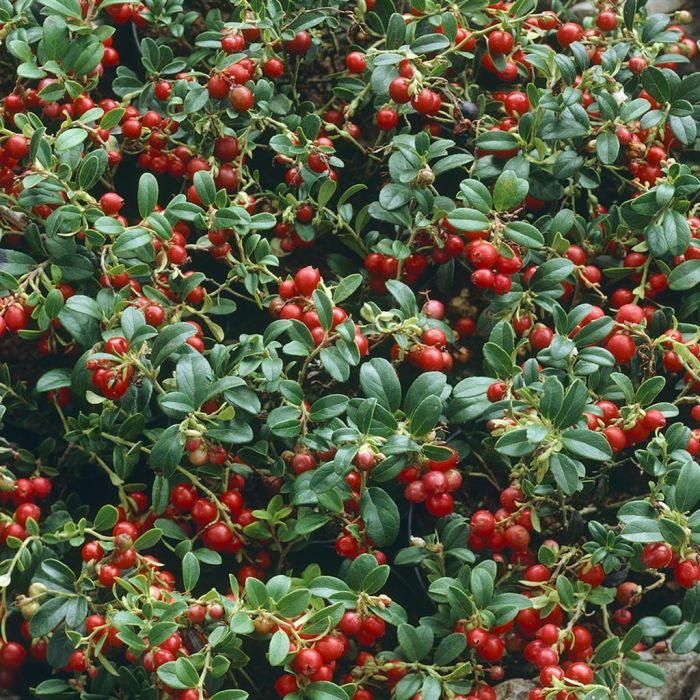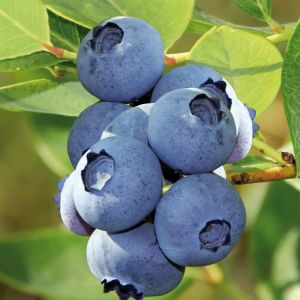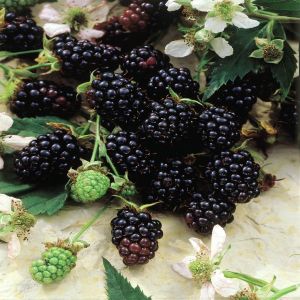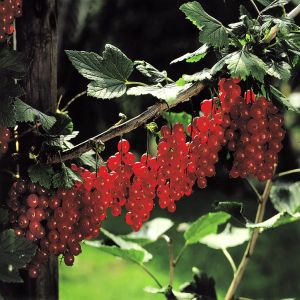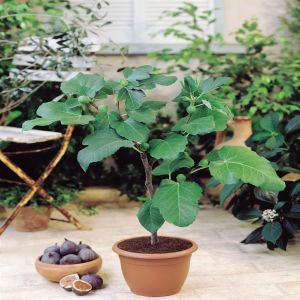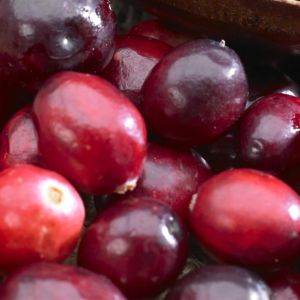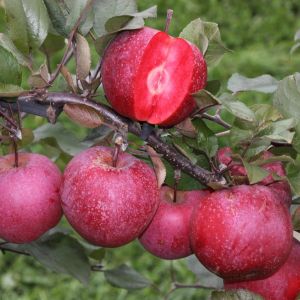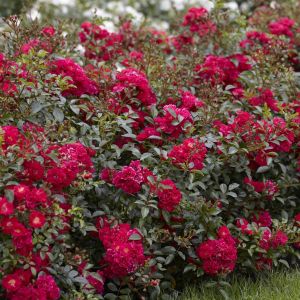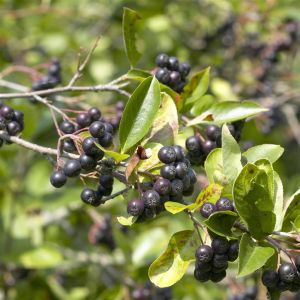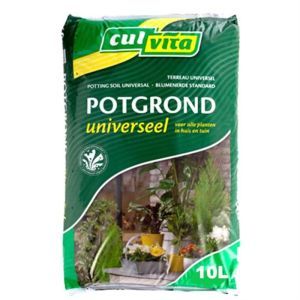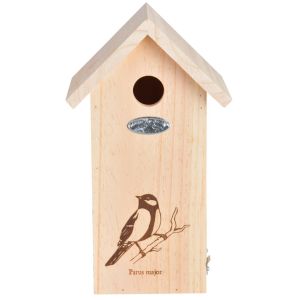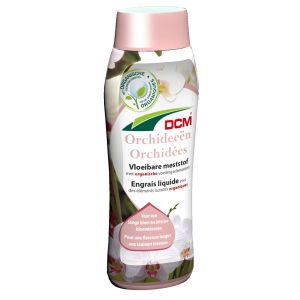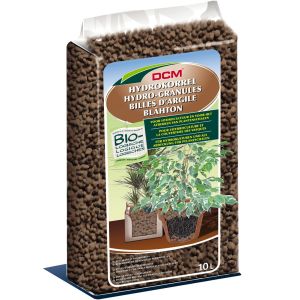Vaccinium vitis-idaea
- 1 x Vaccinium vitis-idaea 17 cm pot
| Botanical name | Vaccinium vitis-idaea |
|---|---|
| Free Shipping | No |
| Category | Other |
| Delivered as | Pot plant |
| Qty | 1x |
| Flowers | Yes |
| Flower period | Summer |
| Fragrant | No |
| Cutflowers | No |
| Flower colour | Pink |
| Fruits | Yes |
| Edible | Yes |
| Harvest time | July - October |
| Location | Sunny |
| Hardy | Yes |
| Groundcovering | No |
| Naturalizing | No |
| Plant Depth | 17cm |
| Preferred Soil | Peaty soil |
| Full grown height | 10cm - 20cm |
| Mature width | 60cm - 80cm |
| Poisonous | No |
| Plant pot size | Ø 17cm |
| Size | 40-50cm |
| USP | Edible fruit |
How to take care of Vaccinium vitis-idaea
Water the root ball upon receipt. If you want to grow in the open ground, the soil must be well drained humus(rich dark organic material) acidy and also retains some moisture, if your soil is not acidic plant them in containers or ask your local garden centre for rhododendron soil. Keep the plants in a sunny location, sheltered from strong winds. Once established they need little water, sometimes rainwater is sufficient but do not allow the soil to dry out especially during their flowering and bearing fruit season. Apply fertilizer in growing season when you see new growth. Apply a mulch in winter to protect them from the frost or if they are in a container, place the container in a greenhouse. They will bear fruit in the 2nd or 3rd year, on the more vigorous shoots from August onwards. Plants need little pruning the first three years. On mature plants cut back some old branches that have borne fruit to the base and remove damaged or diseased shoots. Best planted in groups for pollination.

